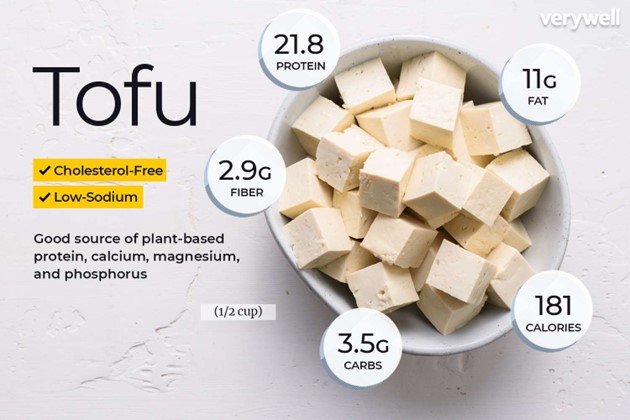A nurse is assisting with the care of an adolescent who has a partial-thickness burn. When observing the site of the burn, which of the following clinical manifestations should the nurse expect?
Brown in color.
Leathery appearance.
Visible ligaments.
Blister formation.
The Correct Answer is D
Choice A reason:
Brown in color. The rationale for this choice is that a partial-thickness burn involves damage to the epidermis and the dermis but not the full thickness of the skin. It typically presents with redness, swelling, and blisters. While the burned area may have some discoloration, it is more likely to be red or pink rather than brown. Brown coloration would suggest a deeper burn involving the full thickness of the skin and potentially underlying structures.
Choice B reason:
Leathery appearance. This choice is not expected in a partial-thickness burn. A leathery appearance is characteristic of a full-thickness (third-degree) burn, which involves the destruction of the epidermis, dermis, and potentially deeper tissues. In a partial-thickness burn, the skin may appear red, swollen, and blistered, but it should not have a leathery texture.
Choice C reason:
Visible ligaments. This choice is not indicative of a partial-thickness burn either. Partial- thickness burns primarily affect the epidermis and dermis, but they do not extend deep enough to expose ligaments or other structures below the skin. Visible ligaments would suggest a full-thickness burn or an injury that extends beyond the skin layers.
Choice D reason:
Blister formation. This is the correct choice. Blister formation is a common clinical manifestation of a partial-thickness burn. The injury causes fluid accumulation between the layers of the skin (epidermis and dermis), leading to the formation of blisters. The blisters may be filled with clear fluid and are usually painful and sensitive to touch.
Nursing Test Bank
Naxlex Comprehensive Predictor Exams
Related Questions
Correct Answer is C
Explanation
"I will reinforce the patch edges with clear tape if they don't lie flat.".
Choice A reason:
Placing a heat pack on the patch to improve adhesion is not recommended. Heat can potentially increase the absorption of the medication and lead to adverse effects. Applying additional heat to the patch can be dangerous and may cause an overdose or other complications.
Choice B reason:
Placing the patch on the back side of the child's arm is not the correct application site for a methylphenidate transdermal patch. The appropriate site for application is typically the hip or the top of the buttocks. The back of the arm may not provide proper absorption and can result in suboptimal medication delivery.
Choice C reason:
This statement indicates an understanding of the teaching. Reinforcing the patch edges with clear tape if they don't lie flat is a recommended step to ensure proper adhesion of the patch. If the edges of the patch lift or don't stick properly, using clear tape can help keep the patch securely in place, ensuring continuous and consistent drug delivery.
Choice D reason:
Leaving the patch in place for no more than 9 hours is incorrect. The duration of wear for a methylphenidate transdermal patch varies depending on the specific brand and formulation. Typically, these patches are designed for 9 to 12 hours of wear, and leaving them on for a shorter duration may result in inadequate symptom control.
Correct Answer is B
Explanation
Choice A reason:
One cup of oatmeal - Oatmeal is a nutritious food, but it does not contain as high a protein content as some other options. While it offers some protein, it is not the best choice for a high-protein diet during pregnancy. Oatmeal is primarily known for its fiber content and complex carbohydrates, which provide sustained energy.
Choice B reason:
 One cup of tofu - Tofu is an excellent source of protein and is a suitable choice for a high- protein diet during pregnancy. Tofu is made from soybeans and is rich in plant-based proteins, making it an ideal option for individuals following a vegetarian or vegan diet as well. Additionally, tofu contains essential amino acids, iron, calcium, and other nutrients beneficial for both the mother and the developing fetus.
One cup of tofu - Tofu is an excellent source of protein and is a suitable choice for a high- protein diet during pregnancy. Tofu is made from soybeans and is rich in plant-based proteins, making it an ideal option for individuals following a vegetarian or vegan diet as well. Additionally, tofu contains essential amino acids, iron, calcium, and other nutrients beneficial for both the mother and the developing fetus.
Choice C reason:
One cup of brown rice - While brown rice is a healthy whole grain and provides some protein, it does not have as high a protein content as tofu. Brown rice is a good source of complex carbohydrates, fiber, vitamins, and minerals, but it may not meet the high protein requirements of a pregnant woman's diet.
Choice D reason:
One cup of kale - Kale is a nutritious leafy green vegetable, but it does not offer a significant amount of protein compared to tofu. It is rich in vitamins, minerals, and antioxidants, making it a valuable addition to a balanced diet. However, for a high-protein diet during pregnancy, other options like tofu are more suitable.
Whether you are a student looking to ace your exams or a practicing nurse seeking to enhance your expertise , our nursing education contents will empower you with the confidence and competence to make a difference in the lives of patients and become a respected leader in the healthcare field.
Visit Naxlex, invest in your future and unlock endless possibilities with our unparalleled nursing education contents today
Report Wrong Answer on the Current Question
Do you disagree with the answer? If yes, what is your expected answer? Explain.
Kindly be descriptive with the issue you are facing.
